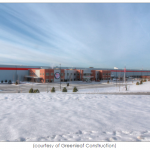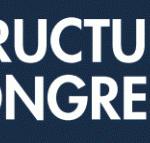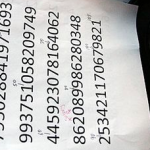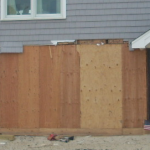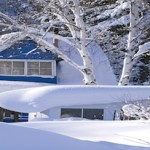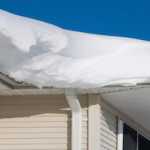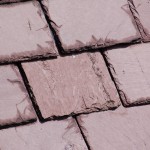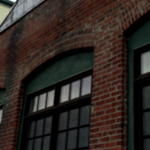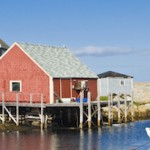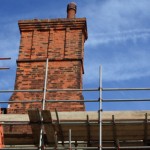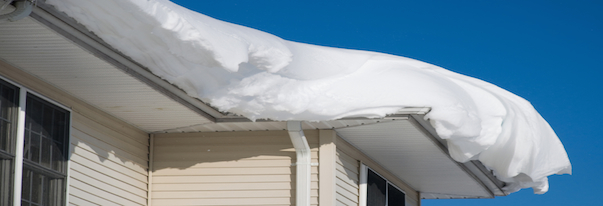
Structural Engineers Explain Roof Load Dangers
Structural Engineers at Summit Engineering, are cautioning homeowners throughout New England to be aware of the dangers any time there is a winter mix of snow and rain on the horizon.
Snow, followed by rain, is one of the worst combinations for roofs. The problem with rain or wet snow following a deep snowstorm is that the rainwater doesn’t pour off of the roof. It gets trapped in the snow. The increase in weight can get dramatic. Plus, the weight of snow varies depending upon the temperature and moisture content.
A 12-inch snow depth can weight from 10-lbs to 20-lbs a square foot. It’s the rain on top of this that is the real problem. This last storm probably added close to 30-lbs of snow over each square foot of roof. That’s a very large amount of weight.
Rainwater weighs approximately 5-lbs for every inch. A significant storm can cause a dramatic increase in weight on roofs that are already stressed by heavy snow and may have not been designed to handle it.
It is more of a concern for older structures. The building codes over the last three decades have done a far better job of mandating roofs to handle these types of loads. However, older cities in the Northeast have a large portion of their building stock built much earlier than that.”
We recommend that homeowners clear the snow off their roofs as soon as possible. However, he cautions that they should not go onto the roofs themselves.
Getting on a sloped roof with slippery ice and snow is extremely dangerous. Only remove snow from the ground with a roof rake or hire a professional with the proper insurance and safety equipment.
Summit Engineering is no stranger to investigating building collapses. The firm was heavily involved in the investigation of structures after Superstorm Sandy in New York and New Jersey for FEMA and have worked on a number of insurance claims involving damage from snow.
So keep those roofs clean this winter, and avoid any unwarranted surprises!







